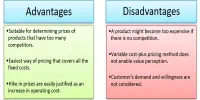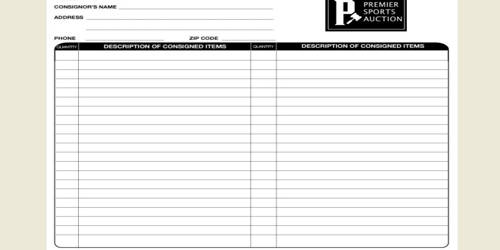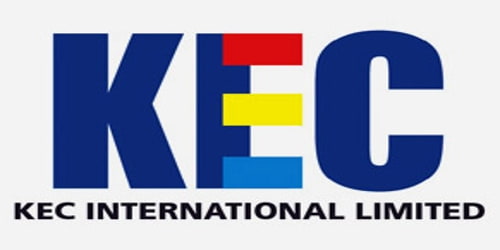Responsibility accounting is a method of dividing an organization into similar units, each of which is to be assigned specific responsibilities. It is a type of management accounting that is accountable for all aspects of a company’s management, budgeting, and internal accounting. The primary goal of this accounting is to support a company’s planning, costing, and responsibility centers.
These units can take the form of divisions, segments, departments, branches, product lines, and so on. Each department is made up of people who are in charge of specific tasks or managerial functions.
Role of Responsibility Accounting
Following are the main roles or contributions of responsibility accounting:
- Decentralization
The organization becomes more manageable by dividing it into smaller subunits. It is the process by which an organization’s activities, especially those involving planning and decision-making, are distributed or delegated away from a central, authoritative location or group.
- Performance Evaluation
Responsibility accounting establishes a sound and equitable system for evaluating the performance of each manager and employee. The performance of each responsibility center is measured and reported on a regular basis in the performance report. It is a formal and effective procedure for evaluating an employee’s work and results in relation to their job responsibilities.
- Motivation
Individual achievement-based performance evaluation is emphasized in responsibility accounting. As a result, the job becomes more difficult for the employees, motivating them to use their full potential in order to achieve the desired results.
- Transfer Pricing
The organization is divided into autonomous responsibility centers or subunits using responsibility accounting. In such cases, a product or service from one division or unit within the same organization can be transferred to another division or unit within the same organization for a fee. This fosters an inter-competitive environment in which each division of the organization can become more profitable and efficient.
- Drop Or Continue Decision
When an organization is divided into subunits, the profitability of the organization can be measured divisionally or by-product. If the cost savings exceed the revenue loss, the center can be closed.
Advantages
- It encourages management to recognize the company structure, determine who is responsible for what, and solve problems.
- It increases managers’ attention and awareness because they must explain the variations for which they are responsible.
- It is useful for comparing achievements between pre-planned goals and actual results.
- It fosters a sense of efficiency in individual employees by reviewing their work and achievements.
- It assists management in planning and structuring a company’s future expenditure and revenue.
















